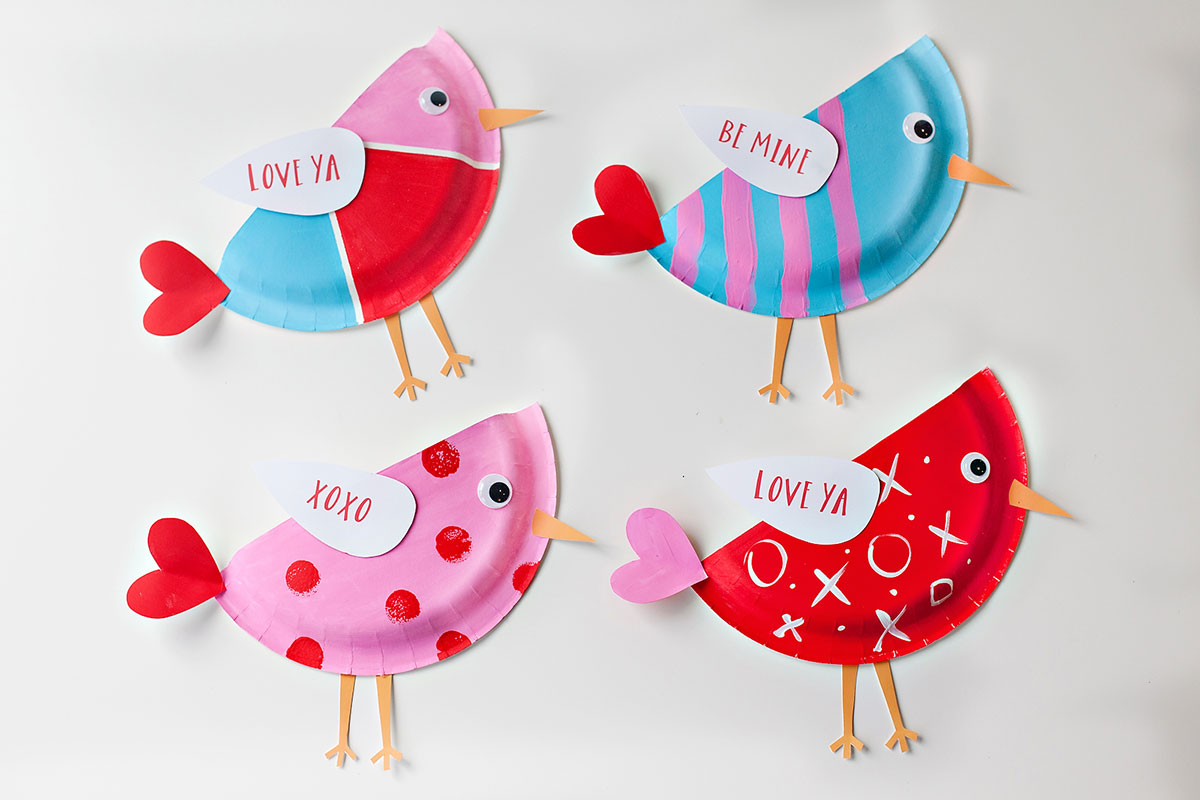15 Tips for Teaching Kids About Diversity
In today’s world, society has become increasingly diverse. Kids are getting more exposed to different cultures, beliefs, and backgrounds. Teaching diversity early on can help kids appreciate and accept the differences they see in their environment. That’s why I’ve rounded up some practical and effective tips for teaching kids about diversity.
Let’s dive in!

15 Tips for Teaching Kids About Diversity
Before we get into the tips, let’s talk about why teaching diversity is so important. Kids are naturally curious, and their environment can greatly shape their views.
By teaching your kids about diversity, you can help them develop into well-rounded individuals who respect and value differences.
What is Diversity?
Diversity means understanding that each individual is unique and recognizing our individual differences.
These can be along the dimensions of race, ethnicity, gender, sexual orientation, socio-economic status/class, age, physical and mental abilities, religious beliefs, political beliefs, and more. When we talk about diversity, we acknowledge that these differences enrich our lives and communities.
Why Teach Diversity to Kids?
Teaching diversity to kids is crucial because it helps them embrace and appreciate diversity and accept differences. It fosters empathy, reduces prejudice, and prepares them to thrive in a multicultural world. When children learn to value diversity, they are better equipped to build meaningful relationships and contribute positively to society. It also helps them to develop a strong sense of self and understand that everyone has unique qualities that make them special.

How To Teach Diversity (In A Fun Way)
Here are some tips on how to teach diversity to your kids in a fun and engaging way:
1. Start Early
Begin conversations about diversity when your kids are young children. Use simple language to explain different cultures, races, and ethnicities. Children learn best when they are young, so it’s important to introduce these concepts early on.
2. Be a Role Model
Kids learn by watching adults. Show your kids how to treat everyone with respect and kindness, regardless of their background. When you model embracing diversity, your children are likely to follow suit.
3. Celebrate Differences
Make a point to celebrate various cultural festivals and traditions at home. This can include trying out foods from different cultures, learning traditional dances, or reading stories about diverse characters. It teaches children that differences are something to be celebrated.
4. Teach Empathy
Help your kids understand and share the feelings of others. This can be done through role-playing games or discussing how different situations might make someone feel. Empathy is a key component in teaching kids to respect and value diversity.
5. Address Stereotypes
When you hear your kids express stereotypes or biases, address them immediately. Explain why those views are incorrect and provide accurate information. This helps children learn to think critically about the messages they receive.
6. Use Diverse Media
Expose your kids to books, movies, and TV shows that feature diverse characters. This can help them see the world from different perspectives and understand that everyone has a unique story.
7. Talk About Diversity
Have open and honest conversations about diversity and inclusion. Encourage your kids to ask questions and express their thoughts. Talking about diversity regularly normalizes these discussions and helps children about diversity.
8. Encourage Friendships
Encourage your kids to make friends with peers from different backgrounds. This can be through school, extracurricular activities, or community events. Friendships are a great way for kids to learn about and appreciate diversity.
9. Plan Field Trips
Take your kids on field trips to cultural museums, heritage sites, or community festivals. These experiences can provide hands-on learning about different cultures and traditions.
10. Support Diverse Education
Advocate for diversity and inclusion in your child’s school curriculum. Ensure that their education includes lessons about various cultures, histories, and perspectives.
11. Create an Inclusive Environment
Create an environment at home that reflects diversity. This can include diverse art, music, and literature. It shows your kids that diversity is a natural and valuable part of life.
12. Encourage Questions
Let your kids know it’s okay to ask questions about differences they notice. Answer their questions thoughtfully and provide them with the information they need to understand diversity better.
13. Promote Critical Thinking
Teach your kids to think critically about the information they receive from media and other sources. Encourage them to question stereotypes and seek out diverse viewpoints.
14. Volunteer Together
Participate in community service activities that promote diversity and inclusion. This can help your kids understand the importance of giving back and working with diverse groups.
15. Practice Inclusivity
Make an effort to include people from diverse backgrounds in your social circle. This sets an example for your kids and reinforces the message that everyone deserves respect and inclusion.
By incorporating these tips for teaching kids about diversity, you can effectively teach your kids about diversity and help them grow into compassionate, open-minded individuals. For more on raising confident and well-rounded children, check out our post on how to build confidence in kids.
Teaching diversity is not a one-time conversation but an ongoing process. Keep these tips in mind as you guide your kids through their journey of understanding and embracing diversity.




